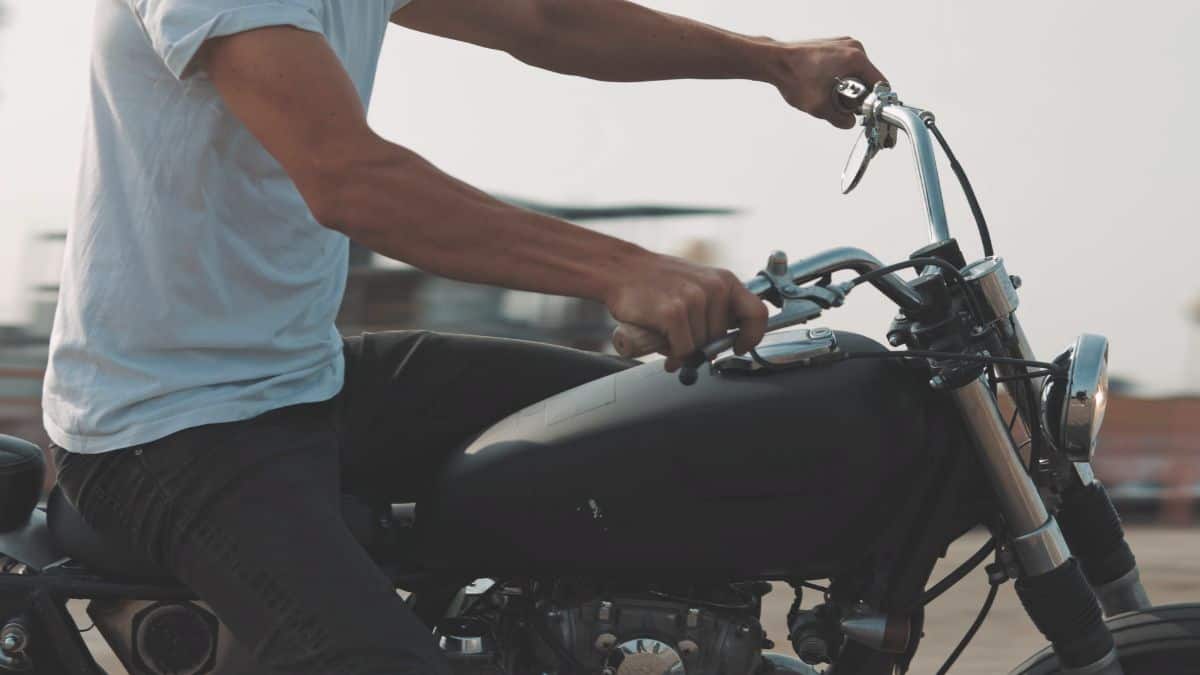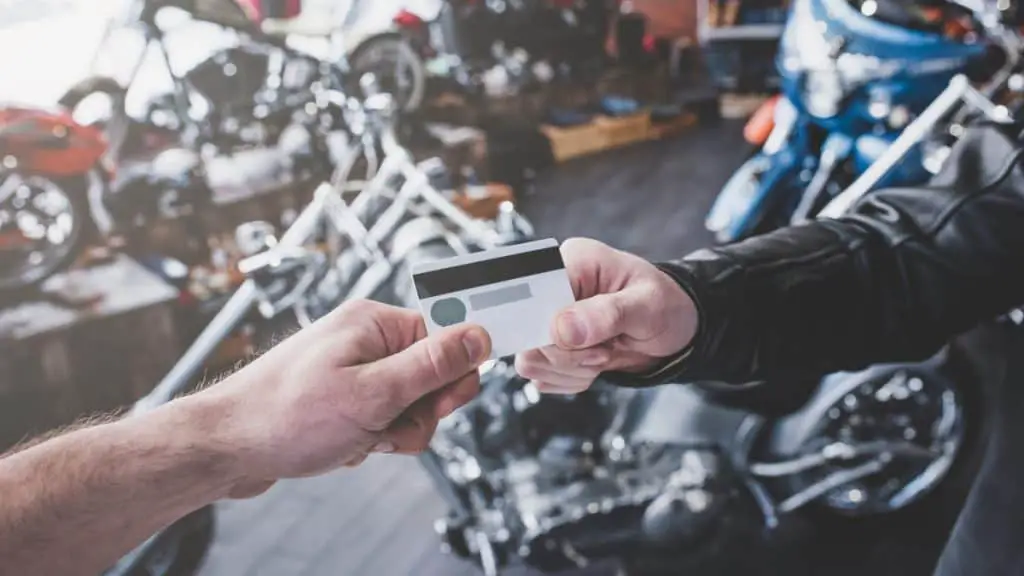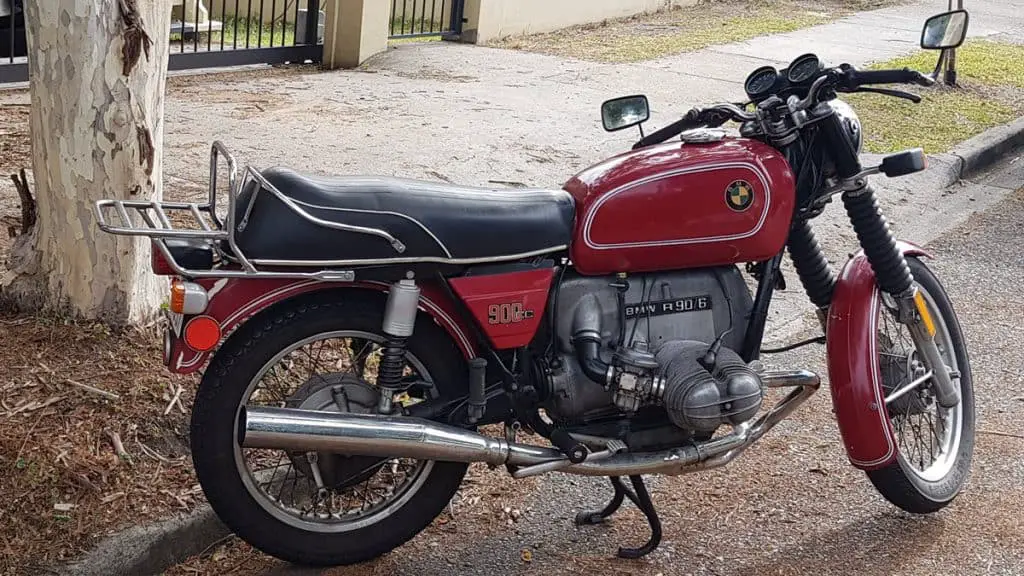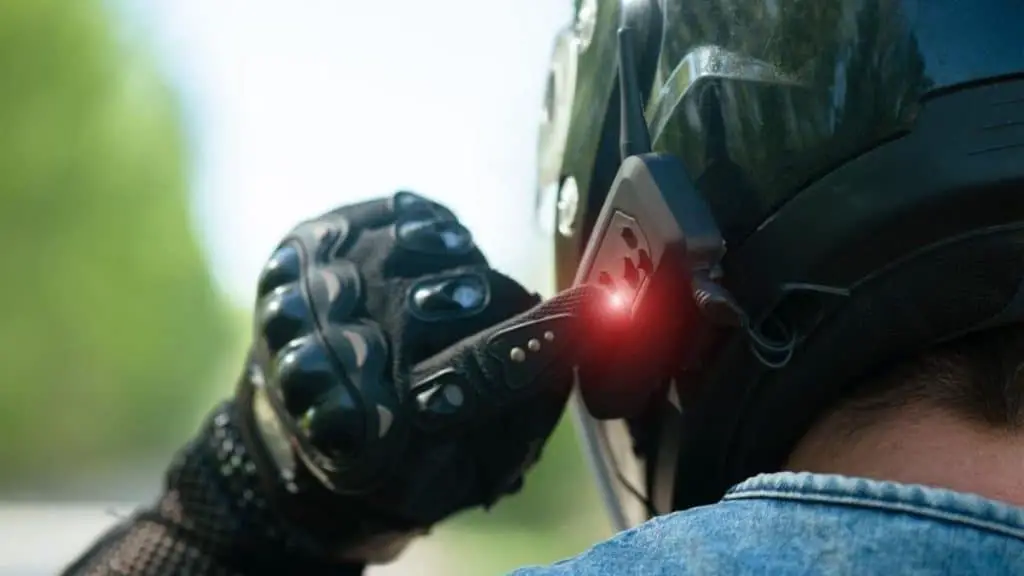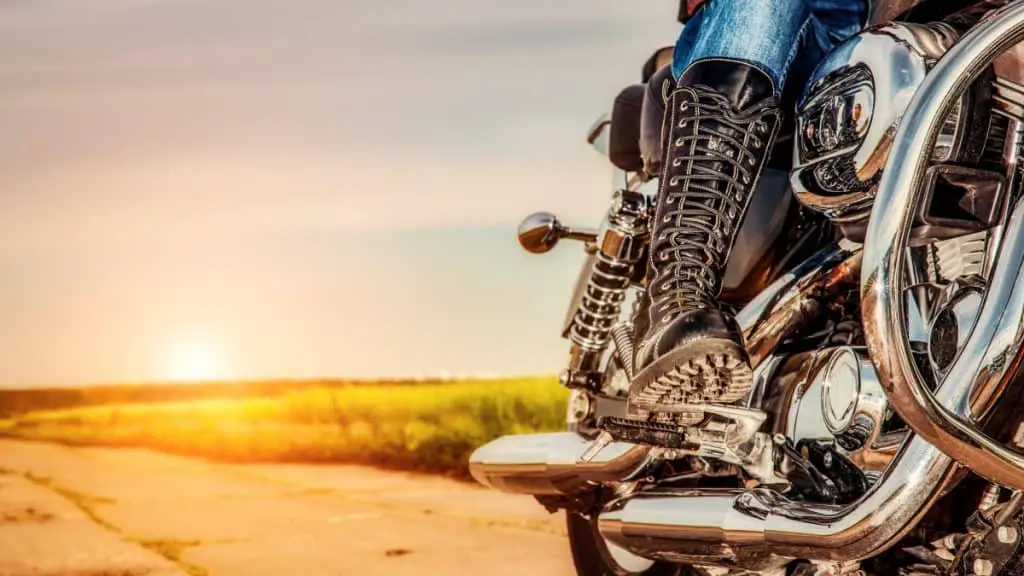Best Motorcycle Braking Technique: Front Vs Rear Vs Combined
Here’s a question for you. Which is the most abused mechanical component in a motorcycle?
For most riders, the answer will be the braking system, especially the rear brake.
With the evolution of the Anti-lock braking system (ABS) and more advanced features like the emergency autonomous braking system and regenerative braking, motorcycle brakes are getting more complex.
But even with all that electronic wizardry, do all riders know all about the correct motorcycle braking techniques?
Not really.
So, let’s take a closer look and find out how to stop safely.
Choosing the Right Option: Front vs Rear vs Combined Motorcycle Braking
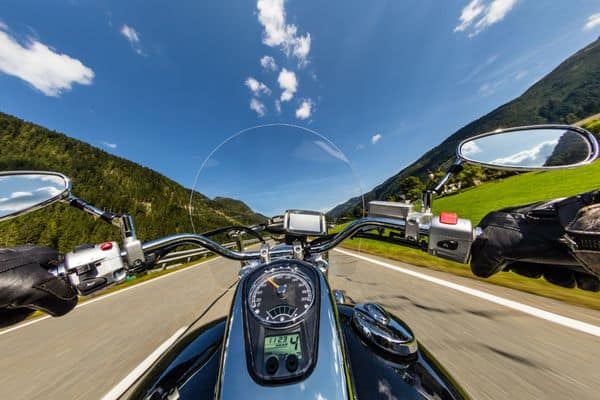
Motorcycles come with front and rear brakes that can be operated independently or together. In general, most riding schools will teach beginner riders to apply both brakes. While this can be a good practice for beginners, sometimes using a single brake can be more effective.
Before we discuss it further, it’s important to know that braking power is mostly concentrated on the front wheel for most bikes. If you’re looking for numbers, I’d say that around 75% of the total braking power is available at the front wheel. And if the rear tires are off the ground, the front wheel has 100% stopping power.
Why?
Well, the amount of braking force generated depends on the condition of the tire and the road surface. While braking, the weight of the motorcycle and the rider will shift forward towards the front wheel. That means a higher braking force can be applied here without losing traction.
On the other hand, the lighter load on the rear wheels means that a higher braking force can lead to skidding.
And that’s why most manufacturers provide more powerful brakes on the front wheel, especially for sports bikes.
But hang on a minute. This doesn’t mean that you need to squeeze the front brakes with a death grip.
Gripping the brake lever too hard can cause the front wheels to lock up, resulting in a skid. The right way to brake is a progressive approach, moving from gentle to firm.
Note, if the bike has ABS, it will prevent the wheels from locking up, as long as the tires have a good grip.
Now, keep in mind that cruiser bikes and scooters are more rear-heavy. This provides more braking power at the rear wheel. So, applying both brakes simultaneously is a good option in those cases.
Should I Ever Use a Single Brake?
I know what you are thinking. When do riders need to use a single brake?
For one, while maneuvering the bike at slow speeds, rear braking is the best option. That allows you to have additional control of the bike. The excess power of the front brakes is not ideal for such situations. Using the throttle, clutch and rear brakes together is an effective technique in traffic jams.
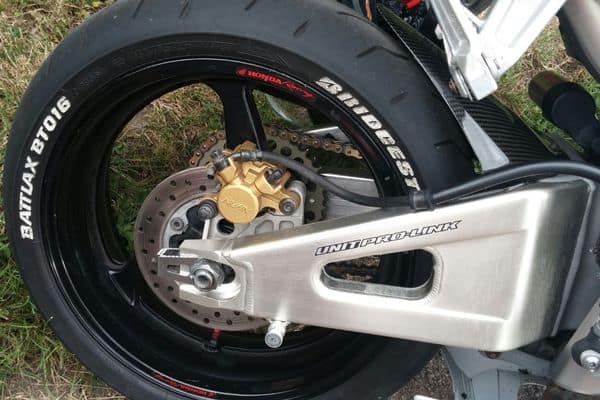
Next, when your motorcycle is off the kickstand and you are sitting on it, there’s a high chance of a loss of balance and an embarrassing tip-over. This is when you can use one brake or the other.
You can also use rear brakes if you feel you are carrying too much speed while tackling a sharp turn. Using the rear brakes will help you to cut down on some of the speed at this stage. Never use the front brake in such scenarios when the bike is leaned out. Too much stopping power and a high transfer of weight can result in a crash.
How Do You Brake Smoothly on a Motorcycle?
Here are a few tips for the effective use of the progressive braking process for stopping smoothly.
- Grab the brake lever with the index and middle fingers. These fingers have sufficient strength to control the brake in the most effective manner. This also leaves the other three fingers to grip the handlebar securely
- Before you apply the brake, release the throttle, and don’t apply the clutch. This will prevent air and fuel intake and stop internal combustion in the engine. As a result, the inertia of the engine slowing down will help in the braking process. This is the motorcycle engine braking technique.
- Ideally, you should apply the front brake first to compress the front suspension. Within a second, apply the rear brake. Move your body in the opposite direction to manage your weight during the deceleration.
- Experts suggest that you need to keep your eyes forward and let go of the front brake just before the bike stops completely. This will decompress the front suspension and allow it to absorb any bumps on the road. This will help in keeping the motorcycle in balance.
- A motorcycle stoppie may look super cool but not the safest thing to try on a road. To prevent it, don’t squeeze the brakes too hard. That will throw your body forward and add extra weight on the rear wheel. It’s important to relax your arms and press the brakes smoothly. Also, squeeze the fuel tank with your legs to prevent the inertia from carrying you forward.
A word of caution:
The braking characteristics of motorcycles vary depending on their make. So, each bike will behave differently while braking under various speed ranges.
How Do You Brake Faster on a Motorcycle?
Braking fast or “emergency braking” is a critical skill necessary for all riders. Actually, the principle of progressive braking still applies in such situations.
However, many riders panic, or do not have sufficient time to go through the standard process. I have seen people freeze and end up locking up the rear tire.
In case you have locked up the front wheel, it’s best to gently release the brake a bit. That will release the lock.
The fact is you still need to start the process by squeezing the front brake to make use of the maximum braking power. But if you are on a cruiser, chopper, or a dirt bike, you can use the rear brakes as well.
In case a crash is unavoidable, you can squeeze both brakes and brace yourself for the impact. This is the only time when you need to give it all you have. You can also pull the clutch and brake together in this case.
Remember, reducing your speed by even a few MPH before an impact can make the difference between life and death.
Keep in mind, there isn’t an exact procedure to brake faster. It all depends on the motorcycle’s design, braking capabilities, and the skill of the rider. Besides, factors like rain and the type of surface you are riding on will also affect braking power.
Last but not least, don’t dream of becoming a braking expert just by reading the theory. You need a lot of practice to learn the correct motorcycle braking techniques at triple-digit speeds. Quite simply, building up your muscle memory takes some time.
Frequently Asked Questions
Should I clutch when braking a motorcycle?
There is no need to use the clutch for slowing down temporarily. You need to press the clutch first, only when you are riding at slow speeds and using motorcycle rear braking techniques. However, you can use the clutch and brake together during emergencies.
What happens if a motorcyclist applies too much brake?
Too much braking or grabbing the brakes can lock out the rear wheel resulting in a slide or a high-side fall. Or else, it can also come off the ground. Locking up the front wheel is not so common, but it might also happen in some scenarios.
Which brake do you use first on a motorcycle?
Since the front brake has the maximum stopping power in most motorcycles, it is the one that is applied first for stopping. In many cases, however, you’ll need to start engaging the rear or engine brake right after the front to allow for a smoother and safer deceleration.

